Saint-Jacques Church in Dieppe
Around 1897
Drypoint on laid paper
39.8 x 29.8 cm (platemark) / 57.8 x 41.9 cm (sheet)
Signed in bottom left in pencil “Helleu”
Inscription in the bottom center in pencil “Dieppe”
Good condition, some creases and light stains
A versatile artist, Paul Helleu enjoyed success during his lifetime with his paintings, his pastels and his three-pencil drawings, but also as an engraver. This is evidenced by the title of the monograph published by Robert de Montesquiou in 1913 : Paul Helleu, painter and engraver.
His friend James Tissot offered him his diamond point in 1885, sparking his interest in drypoint. Also encouraged by Paul Sickert, Helleu was enthusiastic about this technique and exhibited his copper engravings in the 1890s at the Society of French Painters and Gravers, at the Salon de la Societe nationale des beaux-arts, but also in London and New York.
The number of his copper plates, most of which were destroyed by the artist in 1923, is estimated at around 2000[1]. While the majority of his drypoints are "snapshots of the grace of women", in the words of Edmond de Goncourt, Paul Helleu also engraved a few portraits of men as well as rare landscapes, including this view of the portal of the Saint-Jacques Church in Dieppe. This drypoint was important enough in his eyes to be one of the fifty engravings of which he offered proofs to the BnF in 1903 in order to constitute a "summary of his art"[2].
[1] Sylvie Collignon, “La pointe de diamant” in Frédérique de Watrigant (dir.), Paul-César Helleu, Paris, Somogy, 2014, p.142.
[2] Helleu, (exp. cat. Paris, BnF, May 16-June 15, 1957), Paris, Les presses artistes, 1957, p. 26: the work was exhibited under n°46.
Bibliography: reproduced dans Frédérique de Watrigant (dir.), Paul-César Helleu, Paris, Somogy, 2014, p.35


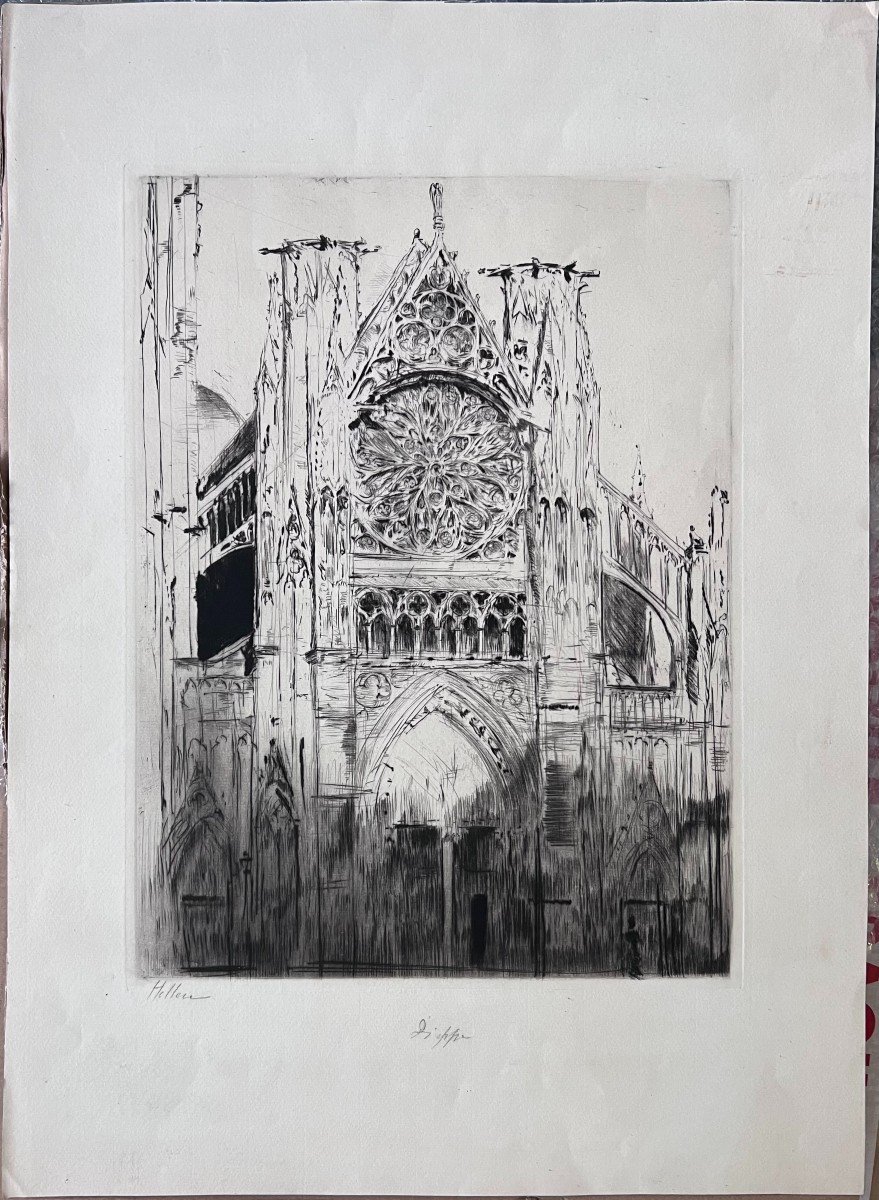
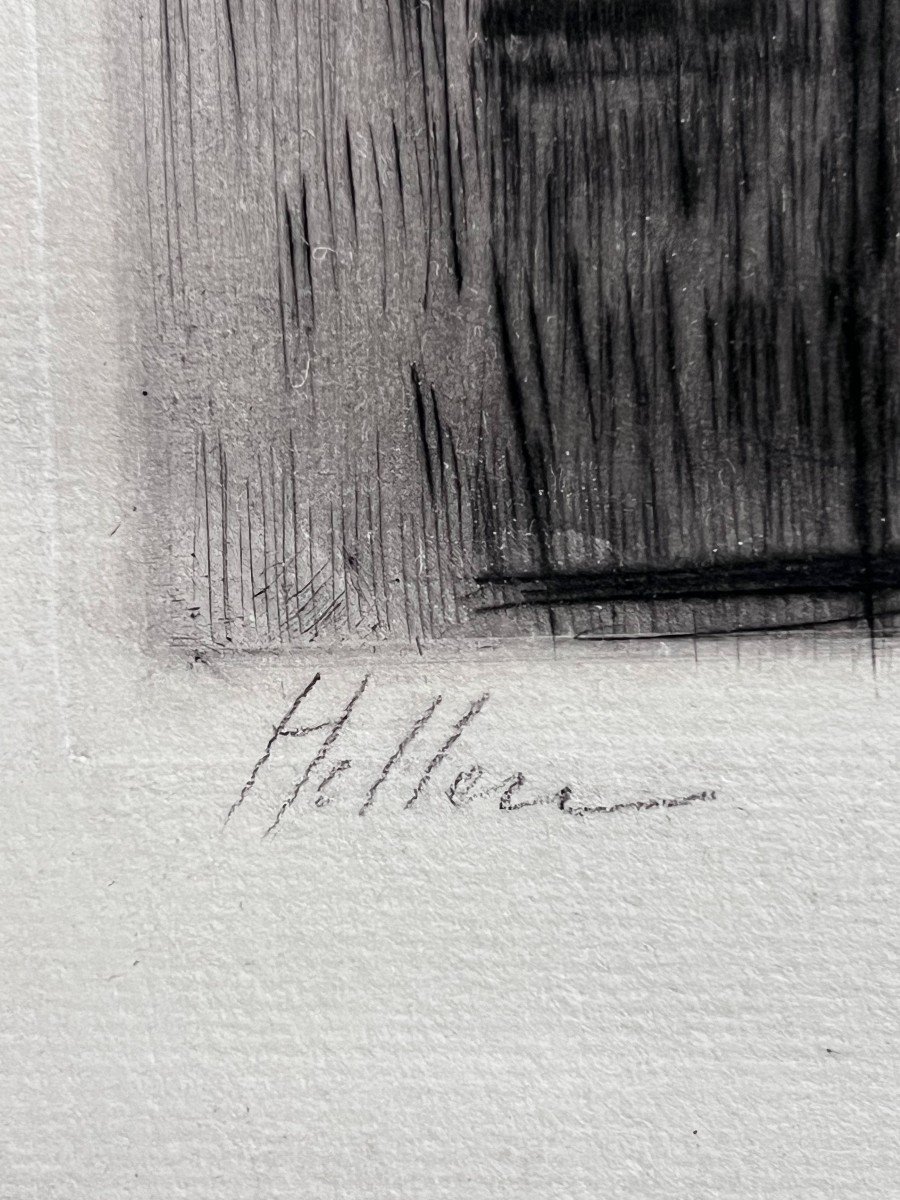
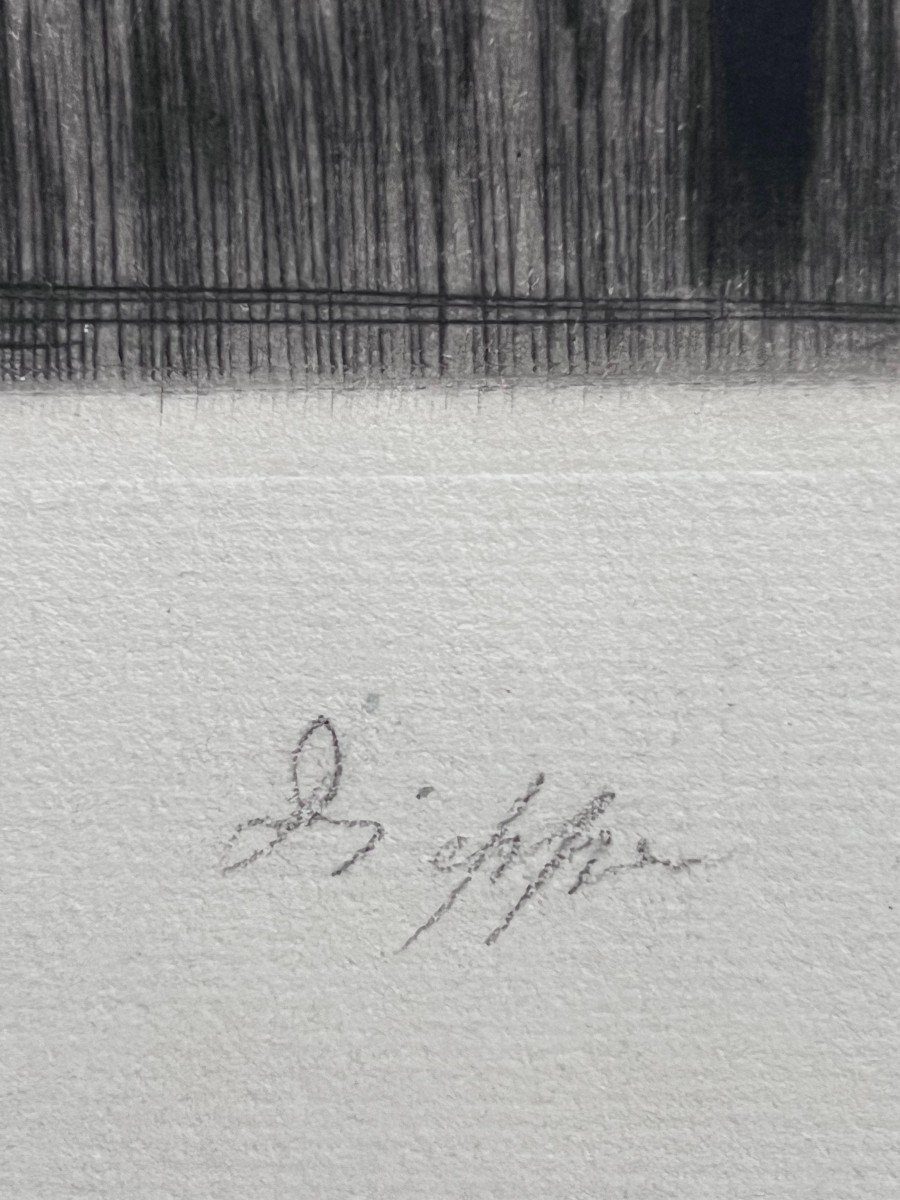
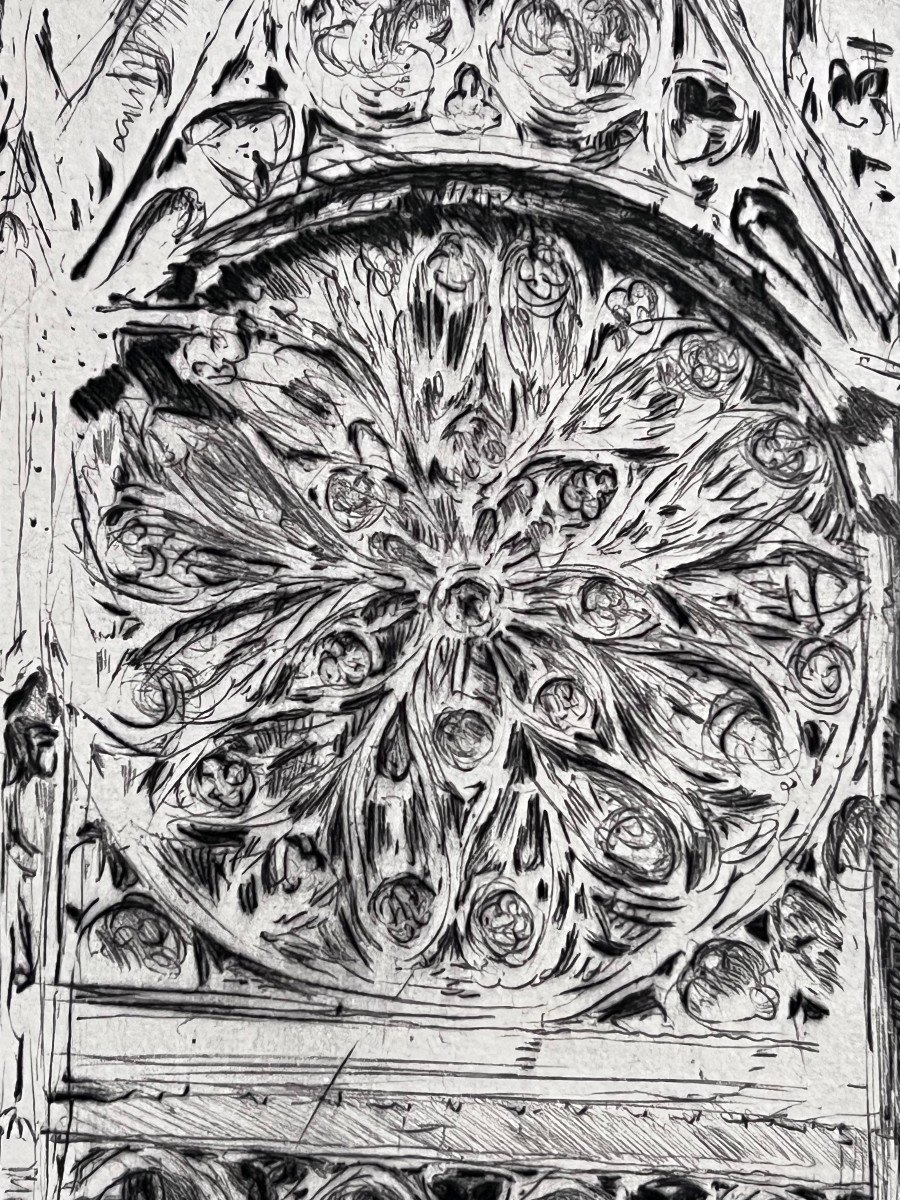
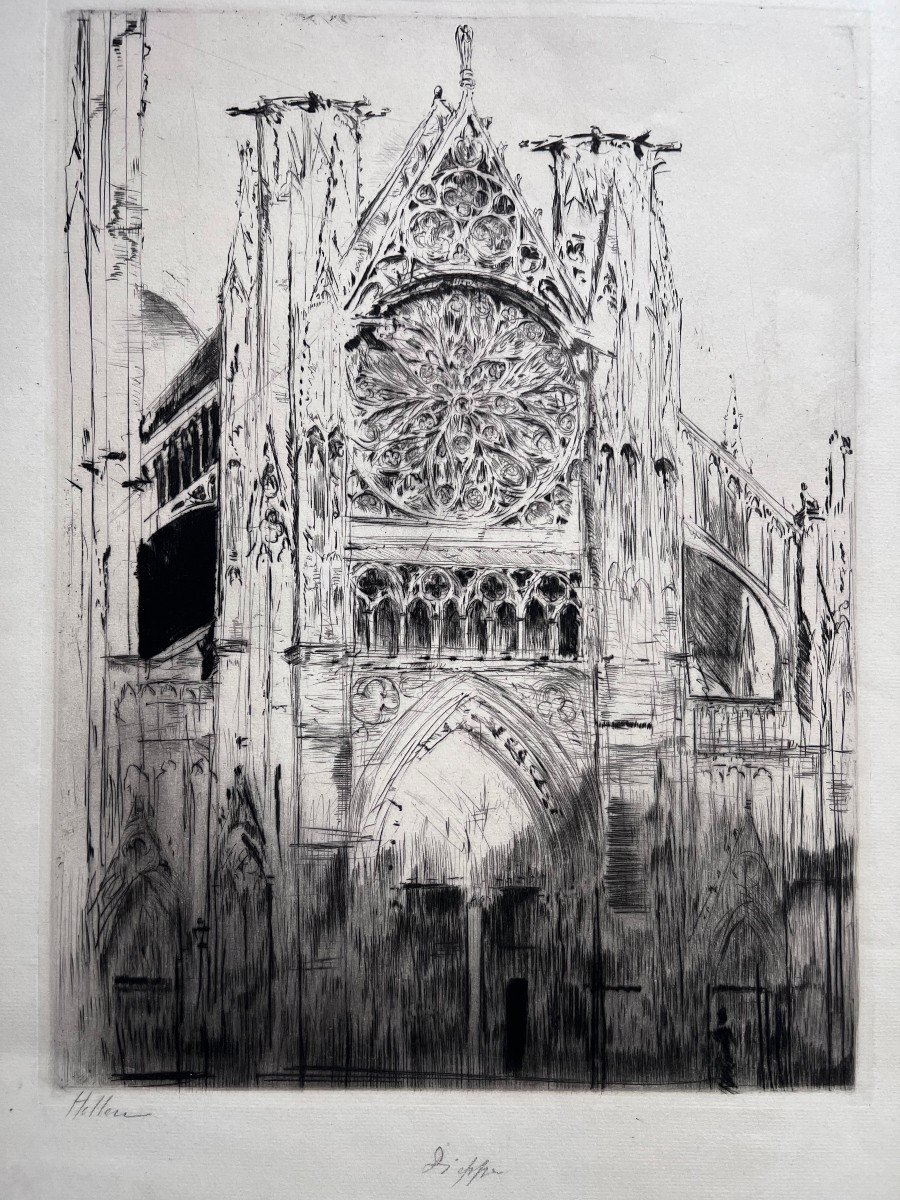
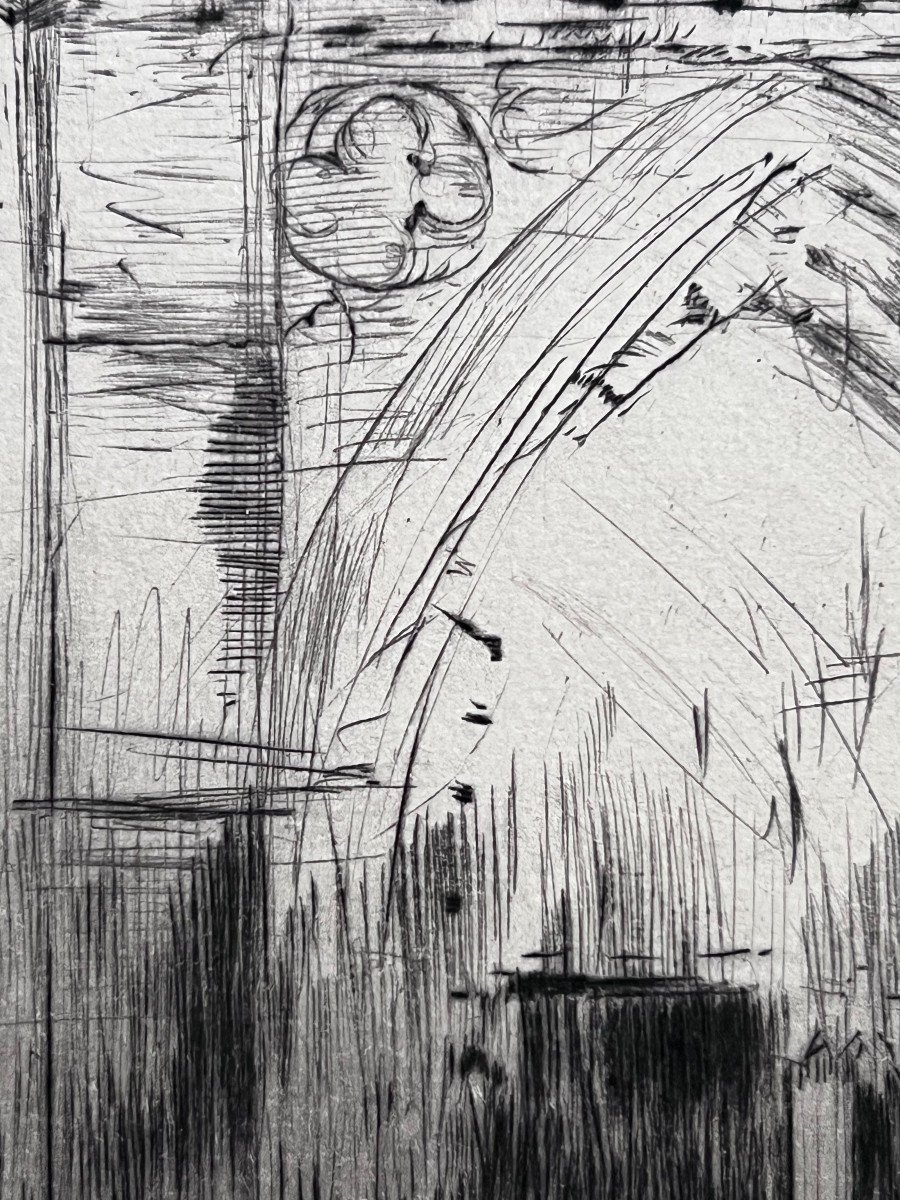
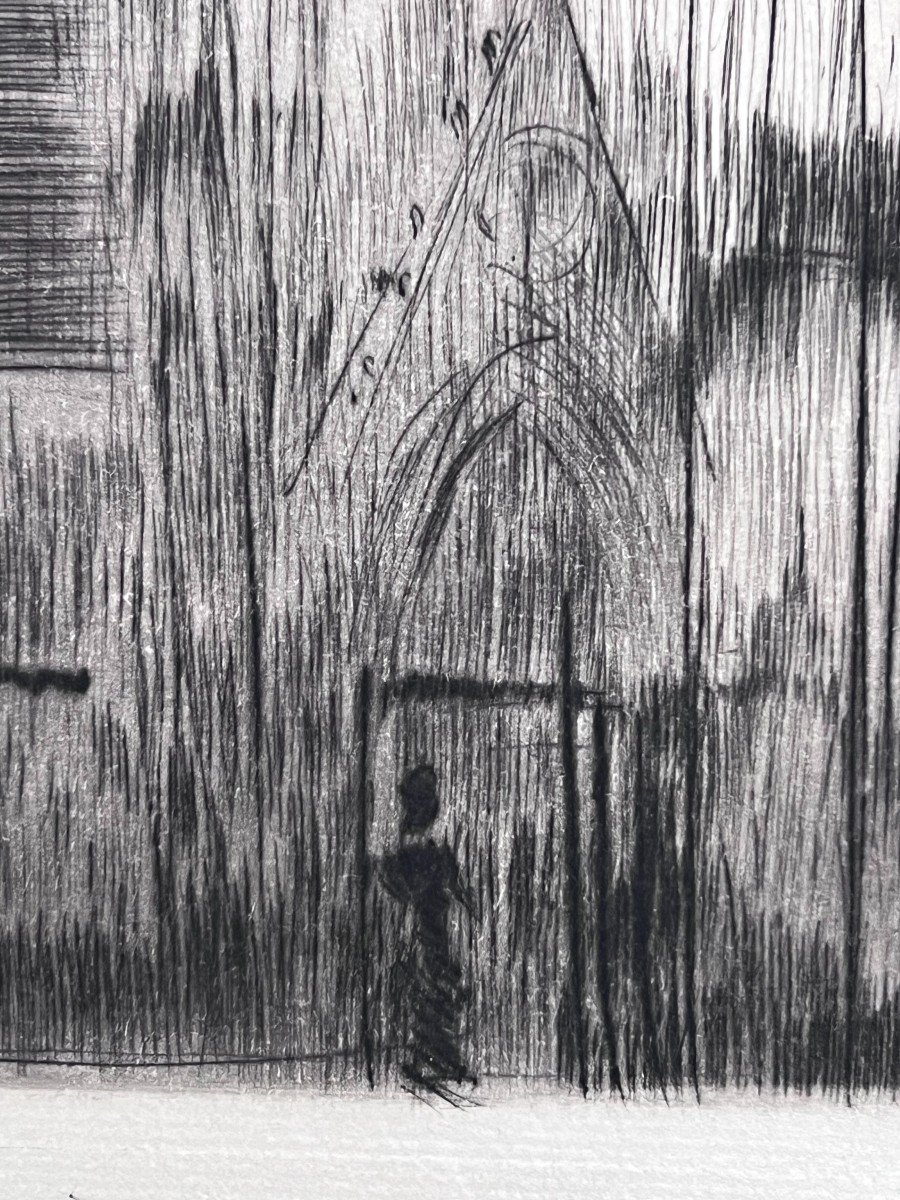
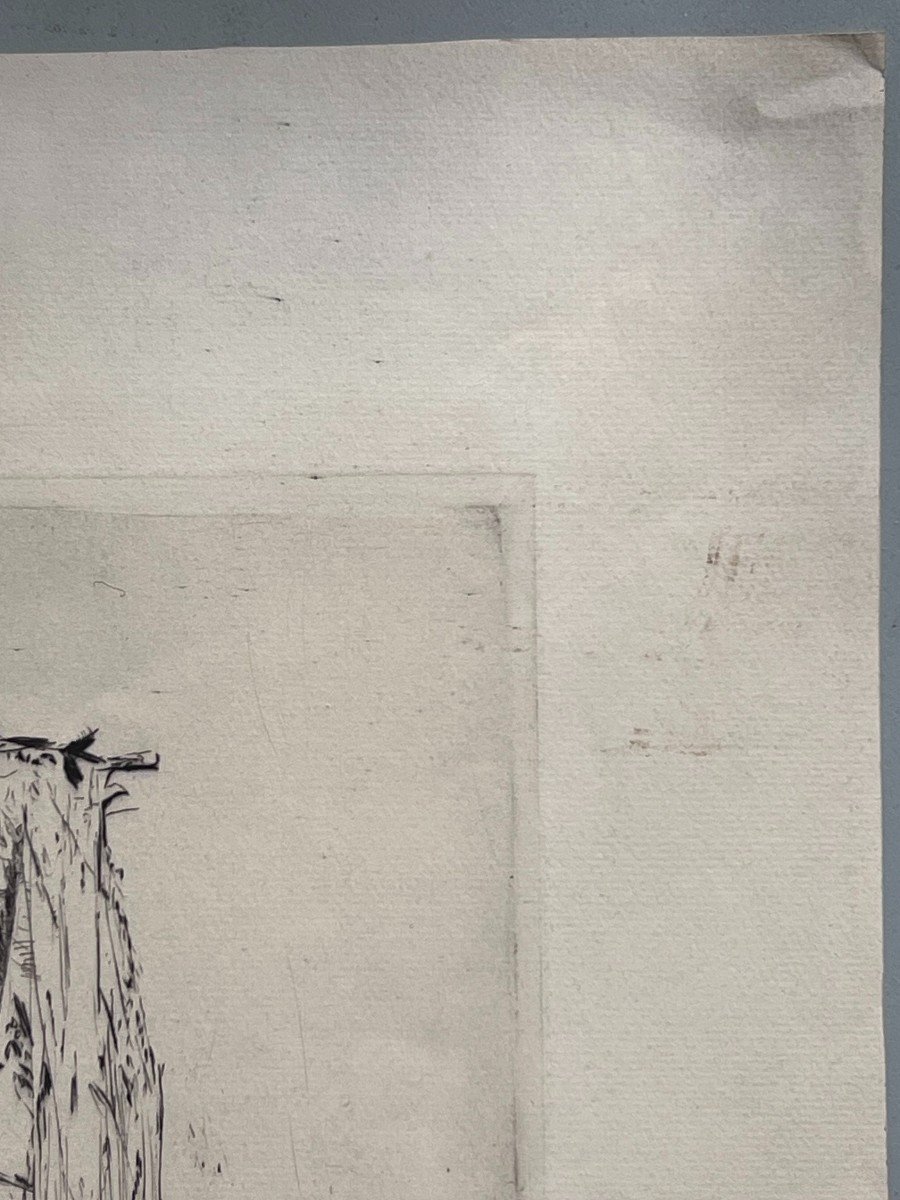









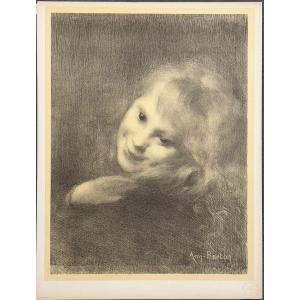




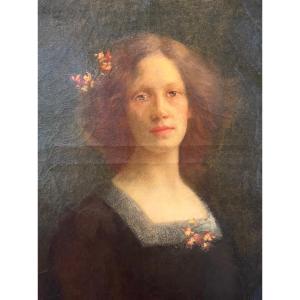
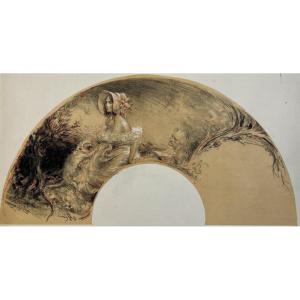









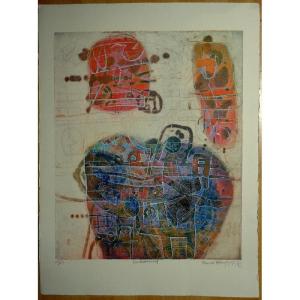





 Le Magazine de PROANTIC
Le Magazine de PROANTIC TRÉSORS Magazine
TRÉSORS Magazine Rivista Artiquariato
Rivista Artiquariato